ESP School of Metal Guitar: how to play guitar like Slipknot
Learn the playing secrets of some of the finest guitarists in metal with ESP's new video series
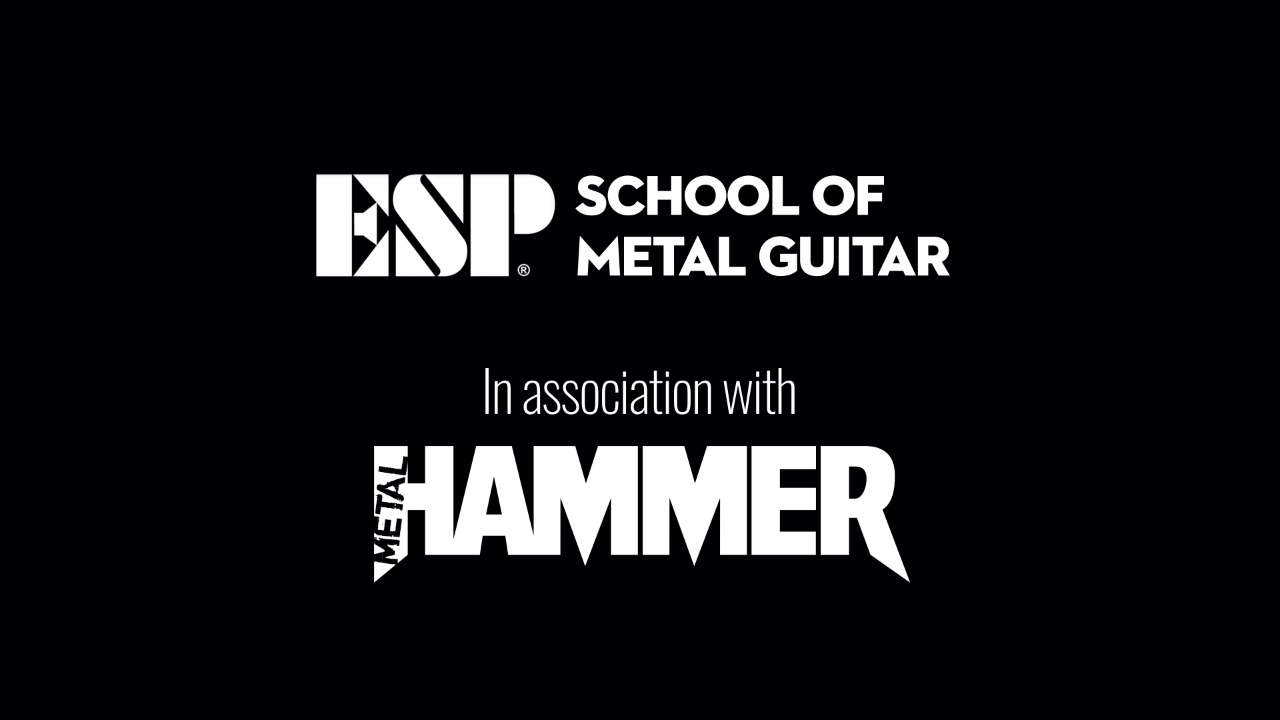
Welcome to the ESP School of Metal Guitar series, where we’ll be breaking-down how to play in the style of some of metal’s biggest guitar heroes. With a playalong track for each artist, as well as full tab and detailed explanation of our examples, you’ll be able to learn two guitar parts that will enable you to jam along to a song in the style of each band.
For our first instalment, guitar tutors Jamie Hunt and Pat Heath are focussing their attention on the mighty Slipknot. In this lesson, you’ll learn about the guitar-playing secrets that are key to Slipknot’s guitar style including some core metal guitar rhythm and lead techniques. Join us as we delve into the playing styles of guitarists, Jim Root and Mick Thomson.
The guitars
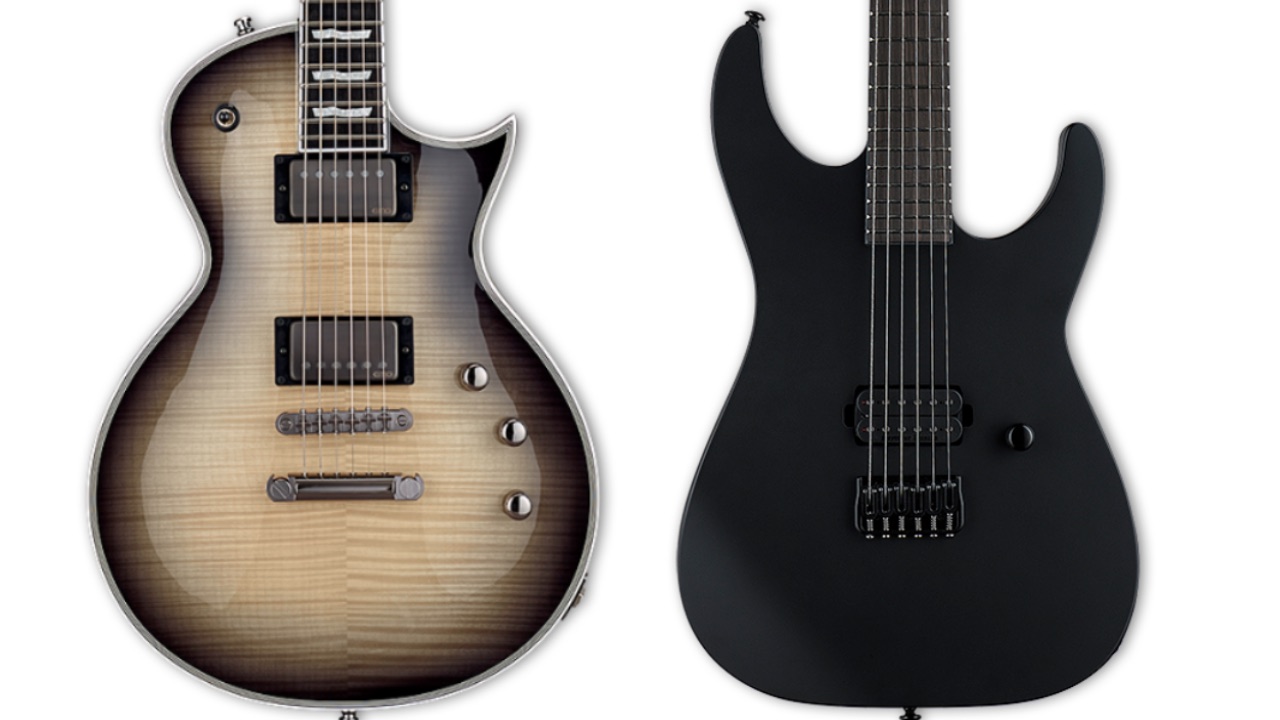
In this video, Pat and Jamie are both playing humbucker-equipped, fixed-bridge guitars to get close to the tone and stability required for the song's tuning.
Pat is playing an ESP EII Eclipse Full Thickness, which comes fitted with EMG 66TW AND 57TW pickups, a Gotoh T-o-M-style bridge and Gotoh locking tuners.
Meanwhile, Jamie is using an LTD Black Metal M-HT model. Its stealthy Black Satin finish is met by a 24-fret ebony fingerboard fitted to a thru-neck, and it comes with a single Seymour Duncan Blackened Black Winter bridge pickup.
Tuning

The first step in getting close to Slipknot’s signature sound is in the tuning. Mick and Jim frequently tune low, and for our playalong track, you’ll need to take your guitar down to Drop-B. Starting with your guitar’s lowest string, you’re aiming for B-F#-B-E-G#-C#.
This is achievable on a regular six-string electric, but as mentioned in the video, you’ll notice a drop in tension as well as pitch if you’re using the same string gauge as your usual selection for standard tuning.
If you decide to regularly play in a lower tuning, you might want to consider going for a heavier-gauge string in the longterm, but for now just take it easy on the picking power!
Main riff

With nine members in the band, Slipknot’s sonic assault is often one of powerful, unison attack rather than many parts weaving around each other. Above you can see the TAB of the main riff, for both guitar parts.
A central element of our tune’s main theme is the 16th-note kick drum part, which also informs the rhythm guitar pattern for both guitars.
The riff itself is a combination of single-string and powerchord runs, as well as some squealing pinch harmonics. It’ll require some flexibility from your picking hand (down and up-strokes and straight alternate picking), as well as some careful palm, and fret-hand muting to help keep the low-tuned riff sounding tight.
Try and lock-in with the bass drum, and apply the muting with both hands in-between notes to get a punchy, staccato, syncopated feel.
Pinch harmonic
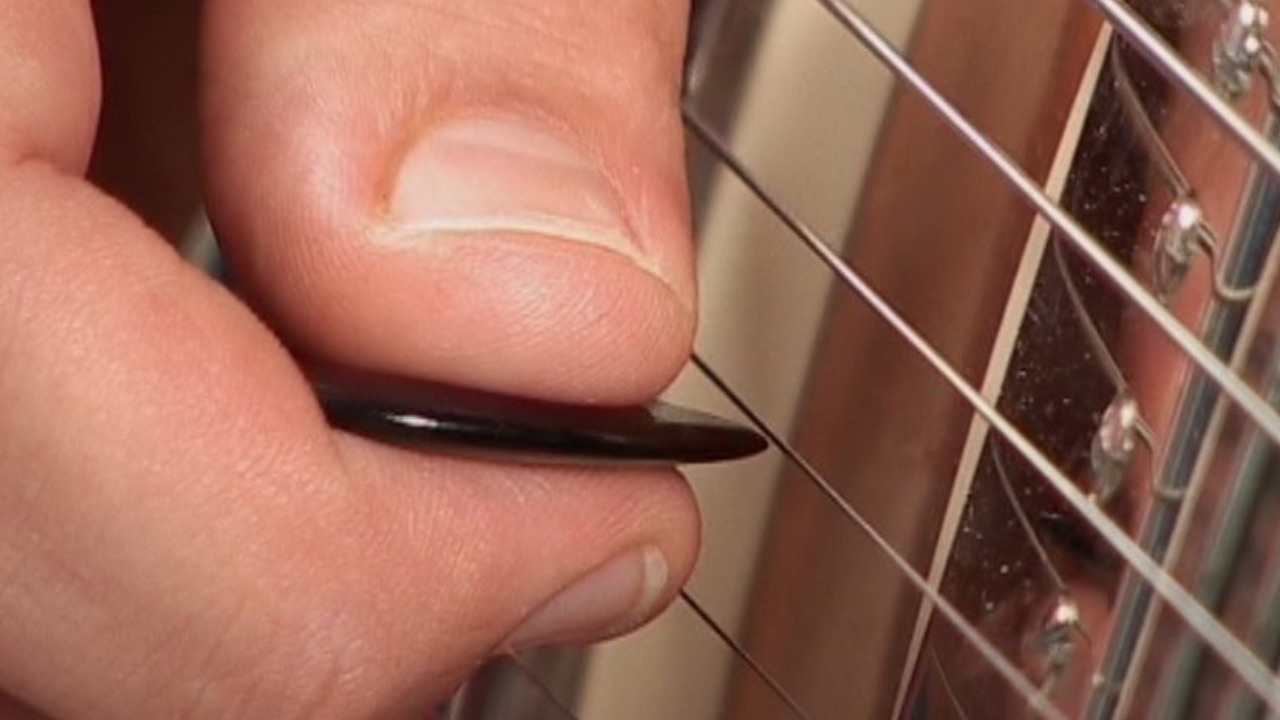
As mentioned, the main riff also includes a pinch harmonic at the end. This is a staple of not only Slipknot's style, but metal players in general, and shows some of Mick and Jim's influences from the likes of Randy Rhoads, Zakk Wylde and perhaps most notably, Dimebag Darrell.
To play the pinch harmonic, you’ll need to hit the string with your pick and your thumb almost simultaneously, with your pick creating the note, and your thumb hitting the string to create the harmonic. Pat demonstrates the technique in the video, but just as important is finding where to perform the harmonic.
There are multiple ‘nodes’ along the length of the string where you’ll be able to pull out a pinch harmonic, and it’s crucial to find the sweet spot when performing this technique, otherwise you’ll sound more Stonehenge than Surfacing. Hit it right, apply the vibrato with your fretting hand and you’ll have it nailed.
Chorus section
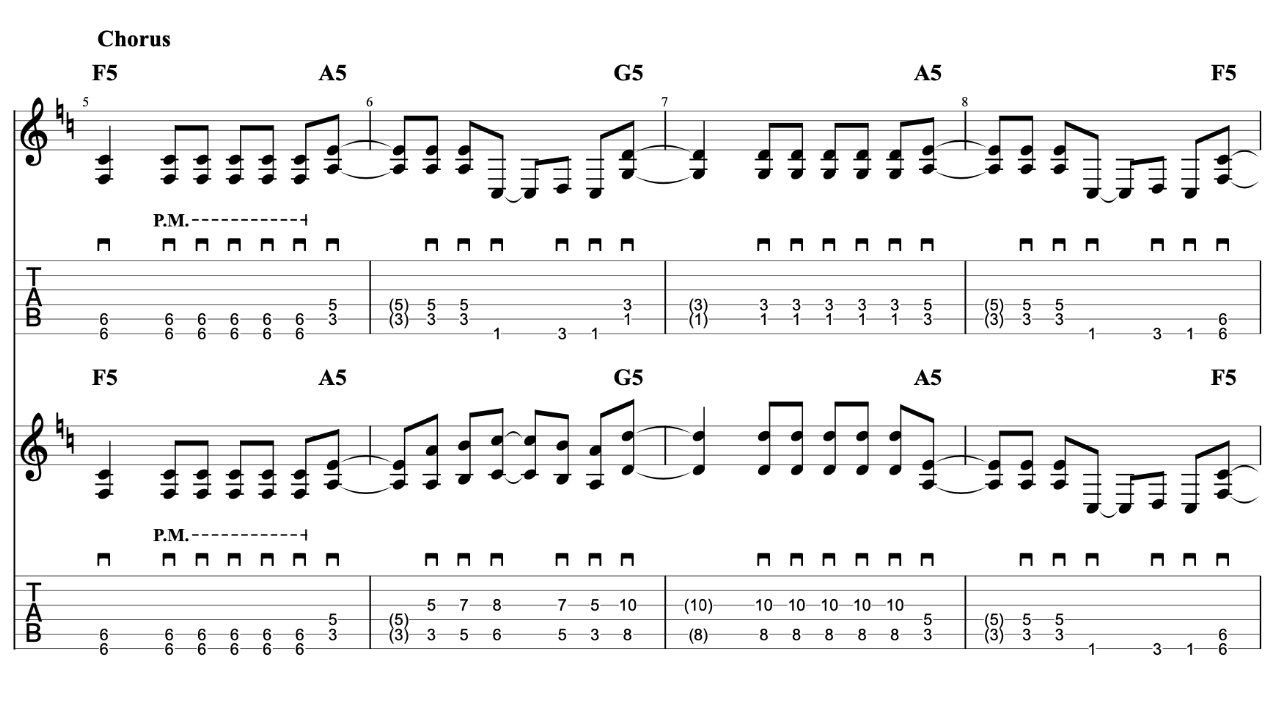

Because we’re in a ‘drop-tuning’, the relationship between the lowest two strings has changed. The upshot of this is that now, powerchords where the root note is placed on the lowest string now become easier to play, and you’ll only need one finger to fret them.
This doesn’t apply to chords where the root is on the fifth string (now tuned to F#), which will require a regular powerchord root/fifth shape.
The chorus riff uses some one-finger chords, combined with regular powerchord shapes, but as Jamie Hunt demonstrates, it’s the chorus where Slipknot will often open-up, melodically. The rhythm is straighter and less busy, which also lends itself to an opportunity for a second guitar part. This follows the other guitar part for the first bar, before moving into an octave shape. Once again, fret-hand muting when playing octaves is important.
Dual-guitar solo

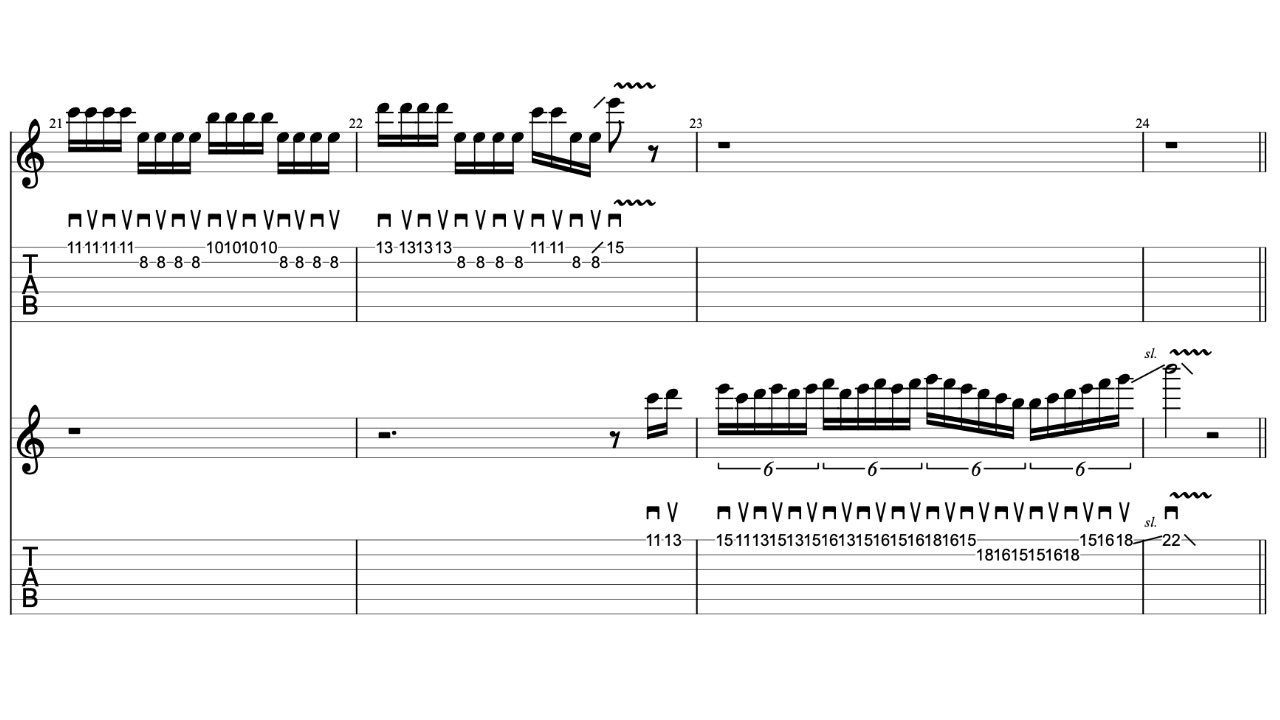
Slipknot’s shred ability remained hidden in the early days of their career, but once it emerged, it became clear that Jim Root and Mick Thomson aren’t only about punishing riffs.
Our solo sees the two guitars trading licks across four sections, starting with Pat’s ‘machine-gun picking’ constant 16th-notes. Use alternate up/down-strokes for this part to make your picking most efficient.
Next up, Jamie Hunt unleashes an ascending 16th-note triplet run starting at the seventh fret, and ending at the 15th where he applies a bend and vibrato before the solo goes back to Pat.
The third part of the solo continues the machine-gun picking theme, but this time it echoes the 15th-fret bend and vibrato from the second section.
The final section of the solo is back to the 16th-note triplets, this time performed higher up the fretboard, and finishing on a bend at the 22nd fret.
All four parts of the solo will require some accurate picking and fretting, so as always, if you’re struggling to play up to speed at first, it’s useful to slow things down and practice the phrases in chunks until you’re comfortable with the note placement and timing.
Download the TAB
Click below to download complete two-guitar transcriptions of our playalong
• Page one
• Page two
• Page three
• Page four
For more information on ESP and LTD guitars, or to find your nearest stockist, check out the ESP website.
The latest news, features and interviews direct to your inbox, from the global home of alternative music.
Founded in 1983, Metal Hammer is the global home of all things heavy. We have breaking news, exclusive interviews with the biggest bands and names in metal, rock, hardcore, grunge and beyond, expert reviews of the lastest releases and unrivalled insider access to metal's most exciting new scenes and movements. No matter what you're into – be it heavy metal, punk, hardcore, grunge, alternative, goth, industrial, djent or the stuff so bizarre it defies classification – you'll find it all here, backed by the best writers in our game.

